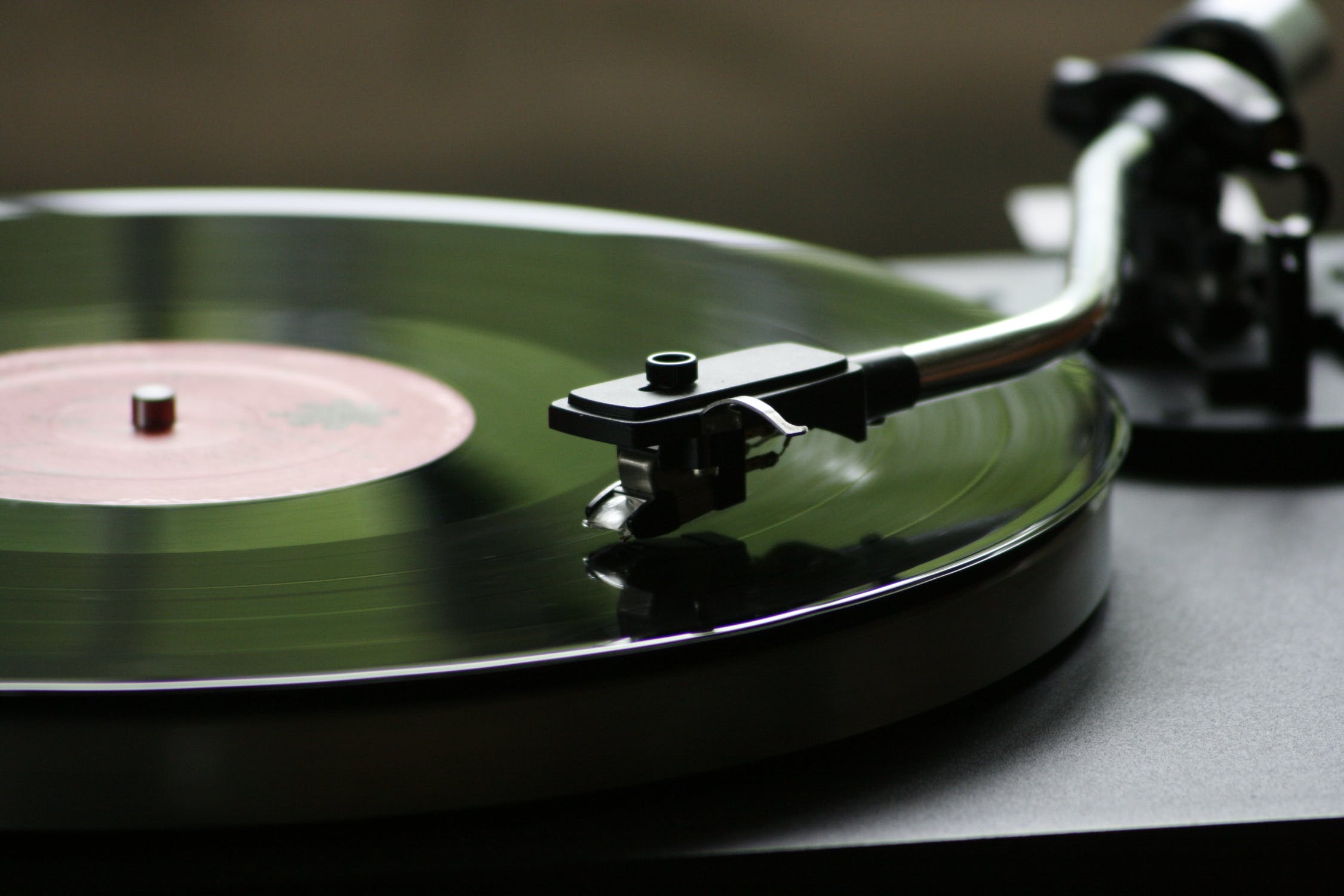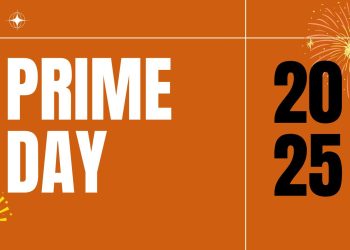Table of Contents
Currently, vinyl records and turntables have become popular again. After the 80s, people had considered them redundant, just like CDs or cassettes are considered now. However, it has survived all these years and has made a comeback. Owning a turntable is considered chic, and music enthusiasts love playing it.
The fact that record players are a physical medium and can be controlled by hands. It made them stay alive all these years. It is a perfect device for expressive music. However, buying your first turntable can be confusing if not researched thoroughly. Here is a list of things you should consider before buying your first-ever turntable:
1. Budget
There are a variety of record players available in the markets worldwide. The briefcase-style ones have meager prices but are pretty straightforward. That style, for example, needs a few additions because of its poor quality of sound. As a result, when you are starting, all these factors play a vital role in budget planning. There is no point in overspending on any one component when others are going to be severely hampered. As a result, thorough research is vital before planning the budget to know what fits you the best.
2. Type of Device and Modernity
Two types of devices, secondhand and new, keep the aspiring musicians confused. There are pros and cons of any turntable, old or new. With a brand-new model, everything would look top-notch and work perfectly, too. The maintenance is easier too with a new recorder. However, the price points of such turntables are premium. Some argue that the value of money is missing with a secondhand piece; the advantage is the low price. The downside is the seller’s credibility and how truthful he is about this record player or turntable.
3. Features
After setting the budget and deciding the type of model you will need, your hunt will narrow. The next step is to check out the features you require in your turntable. The first feature to start with is the speed with which you need it to spin. Most turntables can play up to 45 rpm, but 78rpm is rare in mid-budget decks. Automatic turntables can do their work at the push of a button, and others have a switch for changing speeds. Belt-driven decks are an exception, though. Other essential features that make or break your deck are phono amplification and its wireless capabilities. Some plenty of good models include these features.
21st-century record players can rip your vinyl to digital files. It will be done on the mainstream services unless your collection has rarities. This way, you save money as you do not have to buy music multiple times to have it on all your devices. Some decks also record vinyl in high quality, so you do not have to deal with average files. All these features are essential to read about to know the best fit for you.
4. Pairing
A turntable has multiple components to match. Hence its system building should be given a detailed thought. For example, many turntable manufacturers add analog warmth to emphasize listening to vinyl rather than digital production. However, you will have to be careful with the rest of your system if you choose these. Too many low frequencies can ruin the sound by making it muddy. So regardless of your choice, the wise thing is to practice the turntable you will buy with the rest of the thing you are going to pair it with. It might seem tiring, but it is the only way to ensure your turntable sounds good and pairs well.
5. Cartridge
Almost all turntables come with a fitted cartridge. The cartridge’s job is to track the groove, and it is made of industrial diamonds. There are two types of cartridges, moving magnet, and moving coil. Both of them use movement to induce current because of the magnetic fields. The difference is that the magnet moves to make the current in one, and in the other one, the coil does so. It is easier to find a low-cost moving magnet cartridge. Hence, only change your cartridge if it is an upgrade your turntable can justify. In any case, you will have to ensure your cartridge type is compatible with your phono stage.
However, if your turntable does not come with a cartridge already, only fit a new cartridge compatible with your system.
6. Setting Up
Although setting up happens after you buy a system, there are some points to consider before investing in one. The most important one is the position of it and the surface you will place it on. This surface should be perfectly leveled and be placed as far away from vibrations as possible. For example, a floor-standing will function perfectly on a hard concrete floor, unlike a suspended wooden floor. If you have a suspended wooden flooring, you can invest in a wall shelf with strong mounting screws to avoid any problems and make solid support for your deck.
Some decks have built-in rubber feet, as that deck will need less support. In addition, most turntables are now plugged and play, hence easy to set up. However, a few adjustments for bias and tracking weight need to be made. Thus, reading the manual is extremely important.
Dedicated scales give a more accurate reading of the tonearm and for making easy adjustments. Choosing and setting up an audio component needs to be fiddled with grams of tracking weight to provide the sound you want. Decent models can be picked up at affordable prices, although anything latest will cost an arm and a leg. With all these points in consideration, the placement of your deck should be carefully done.
Conclusion
For anyone who is looking for their first turntable, the hunt is not easy. The higher the budget will be, the better the deck will turn out to be. However, if you carefully follow the guidelines given above, putting together a reasonable one will be possible. The key is to keep upgrading the components as needed. You will be rewarded with years and decades of improved sonic quality sound. Research and think about your choice with the available resources, and the option will not be too challenging.








